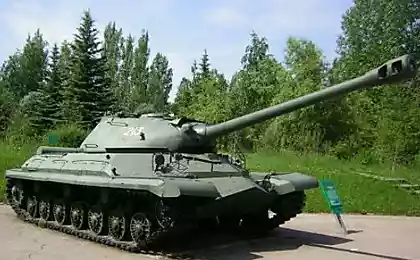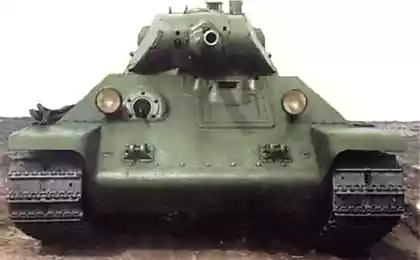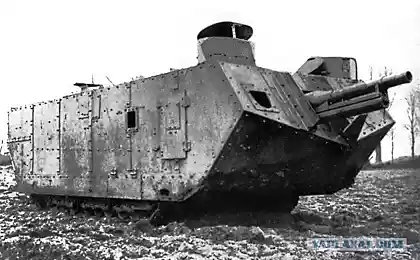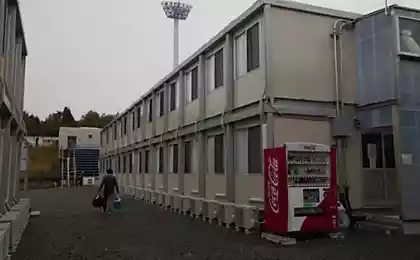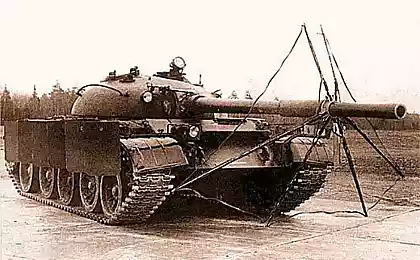1064
Tank, hockey and more

Tank (short song) - the oldest genre of Japanese poetry (the first record - 8th century). Pyatistishiya of 31 rhyming syllable (5 + 7 + 5 + 7 + 7). It expresses fleeting mood, full of innuendo, different poetic grace often - complex associative verbal play.
To start invited to watch the video about the work of the Japanese artist Katsushika Hokusai - his paintings and illustrations have been used to design the post.
Hokusai (stage name) - Nakajima Tamekadzu (1760-1849 gg.), Japanese painter and graphic artist. The largest representative of the direction of ukiyo-e. The founder of the landscape genre in Japanese prints. He worked in the genres of "beauty", "people", the landscape; all it created about 30,000 prints and drawings (book of drawings "Manga"). The main graphic works (the series "36 Views of Mount Fuji", "Journey through the waterfalls different provinces", "New bridges in various provinces", "100 Views of Mount Fuji"), performed on a large horizontal and vertical formats using a bold-looking effects and unexpected color combinations, achieved by the embodiment of typical Japanese way of the epic scenery; poetically sublime color and theme of labor has received the common man, The correlation with the nature of the country.

Musical accompaniment video is perfect for reading tank (incl. Repeat), taken from the book "A hundred poems of hundred poets." "A hundred poems of a hundred poets" - an anthology of classic tank, created in Japan in the first half of the XIII century, a famous poet and philosopher Fujiwara Taiko and includes, along with the masterpieces of the greatest Japanese poets VIII-XIII centuries, as the poem little-known poets of medieval Japan.
Yamabe-BUT AKAHITO (the beginning of the VIII century)
By the Bay Tago
I walk along the path, and there
Unfold
The white snow
Majestic Mount Fuji.

SARUMARU-GIVE (years of life are unknown)
Far away in the mountains
The red maple leaves
Go deer.
I heard him scream,
So sad autumn comes.
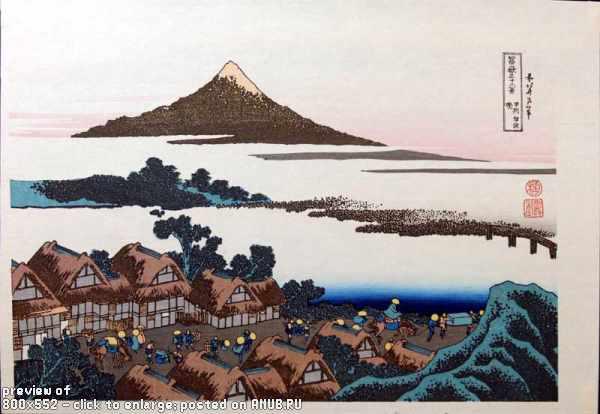
Fujiwara OKIKADZE (second half of the IX century)
Which old friend
With me will live together
Before my gray hairs?
Only pine Takasago,
But they're dumb.

Ms. Izumi Shikibu (976-1034gg.)
Soon die, but,
While alive, hopefully
See you,
The last time that there is,
Where to go, remember.

Emperor KOKO (830-887gg.)
In early spring,
On the field looking for flowers
You as a gift.
The sleeves of my clothes
Soak fallen snow.
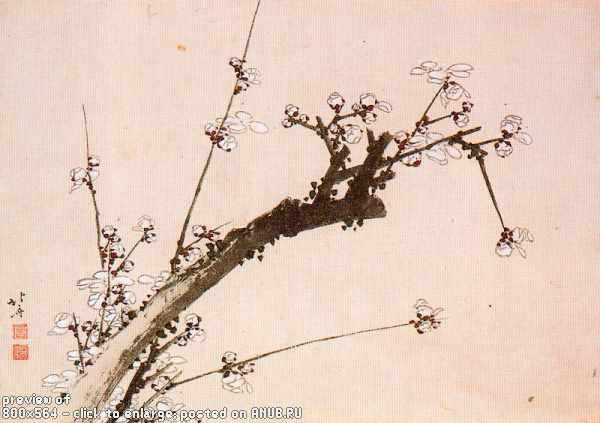
Saigyo (1118-1190gg.)
I saw a summer meadow.
They were filled with all the colors
Numerous flowers.
Now they have killed chill,
One-uniform color.

Prince MOTOPSI (890-943gg.)
Life lost
Meaning without you.
But we will meet,
Even dying in waves
In the Gulf of Naniwa.

Ki no Tsurayuki (868-945gg.)
The depth of the heart
Recognize not given to me,
But at home
The aroma of plums same,
What's in the early years.

Minamoto Sanetomo (1192-1219gg.)
I would like to
Our world has been constant,
Unchanged,
As the following fishing boats,
Sailing along the coast.
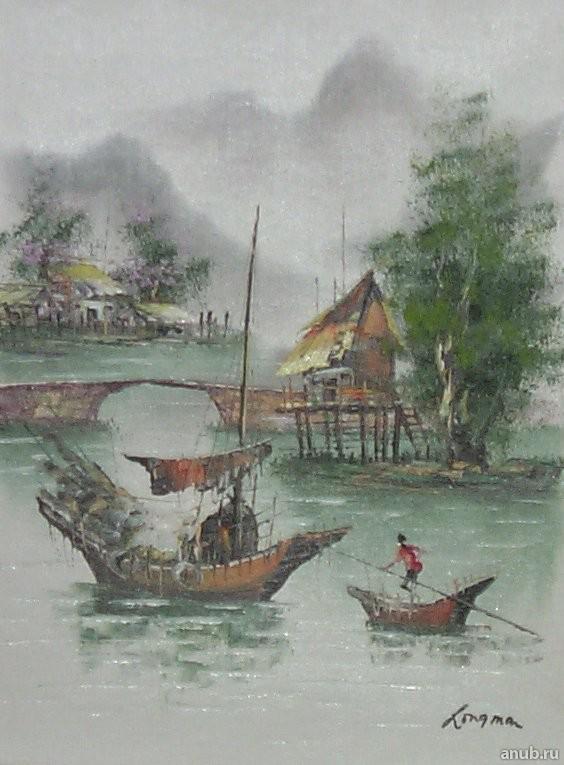
Ono no Komachi (beginning of the IX century)
Faded paint
Summer flowers, that I
I peer into the lives
His and only see
Autumn long rains.

Fujiwara KINTSUNE (1171-1244gg.)
White flowers
Snowflakes whirling wind.
And I think,
What is it I'm up flying,
So broad is my old age.

Minamoto MUNEYUKI (the beginning of the X century)
Winter sadness
In the mountain village.
Herbs and even
Steps departing guests
Freezes on the eyes.

Minamoto TORU (822-895gg.)
Confused thoughts,
But my love for you
Invariably as
Complex patterns on
Figures from Michinoku

Advisor Takamura (802-852gg.)
Fishing boats,
Tell your friends about me,
You saw,
As I swam to
Hundreds of distant islands.

OSIKOTI-BUT MITSUNE (years of life are unknown)
I chrysanthemum,
Touched with frost,
I would gather all,
If it was
In my power and authority.

============================== P.S. =================================

In the style of the tank (a form of waka) is created and the national anthem of Japan - Kimi ga-yo.
Kimi ga-yo (often translated as "The reign of the Emperor") - the national anthem Yaponii.Tekst hymn based on the poem in the traditional Japanese style of waka created in the era of Heyyan. In fact, "Kimi ga-e" is the anthem of Japan since the Meiji Restoration, but officially the Law on the State flag and anthem was adopted only in 1999
year.
In the video there is a shortcut version with choral accompaniment - for those who want to listen to the full version of the national anthem of the country of the Rising Sun.
Text "Kimi ga-e" first appears as an anonymous poem in the collection of X-XI centuries Kokin Vacas. Later, the poem was published in various anthologies before the Meiji era. In 1880, the Commission of the imperial court chose a new version of the melody of the anthem, written under the supervision of a court musician Hiromori Hayashi his disciples Ёsiisa Oka and Akimori Hayashi. German musician Franz von Eckert moved the music in accordance with European harmonies. This version of the anthem was first performed on the birthday of Emperor Meiji in 1880.
Kimi ga yo wa
Chiyo nor any
yatiё Sadzareisi but
Iwao is nari te
Koke but Musa Madeo.
Typically, the emperor,
One thousand, eight thousand if
Generations before
Moss did not decorate the rocks,
Advancing from the rubble.

